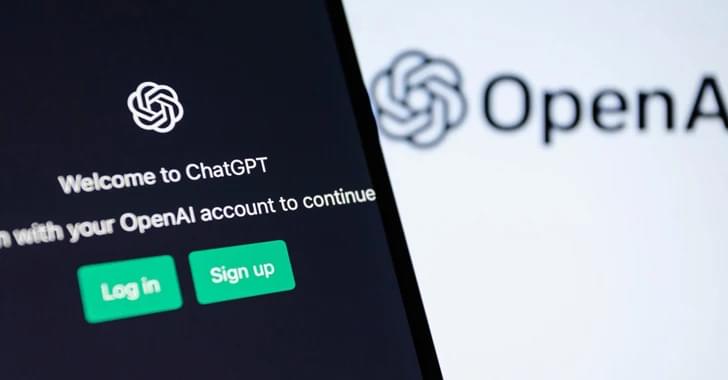Liftoff occurred at 5:05 p.m. ET (2205 GMT).



Correcting 50-year-old errors in the math used to understand how electromagnetic waves scatter electrons trapped in Earth’s magnetic fields will lead to better protection for technology in space.
“The discovery of these errors will help scientists improve their models of artificial radiation belts produced by high-altitude nuclear explosions and how an event like that would impact our space technology,” said Greg Cunningham, a space scientist at Los Alamos National Laboratory. “This allows us to make better predictions of what that threat could be and the efficacy of radiation belt remediation strategies.”
Heliophysics models are important tools researchers use to understand phenomena around the Earth, such as how electrons can become trapped in the near-Earth space environment and damage electronics on space assets, or how Earth’s magnetic field shields us from both cosmic rays and particles in solar wind.

SpaceX’s next Starship to fly has passed a critical fueling test, setting the stage for a highly anticipated third launch attempt of the world’s biggest rocket.
The gleaming, stainless-steel Starship rocket and its Super Heavy booster, which together stand 400 feet tall (122 meters), were filled with more than 10 million pounds of liquid methane and liquid oxygen propellant during the recent launch dress rehearsal, which was performed at SpaceX’s Starbase facility near Boca Chica Beach in southern Texas.

Harvard scientists have made a significant advance in high-pressure physics by creating a tool that directly images superconducting materials under extreme conditions, facilitating new discoveries in the field of superconducting hydrides.
Hydrogen (like many of us) acts weird under pressure. Theory predicts that when crushed by the weight of more than a million times our atmosphere, this light, abundant, normally gaseous element first becomes a metal, and even more strangely, a superconductor – a material that conducts electricity with no resistance.
Scientists have been eager to understand and eventually harness superconducting hydrogen-rich compounds, called hydrides, for practical applications – from levitating trains to particle detectors. But studying the behavior of these and other materials under enormous, sustained pressures is anything but practical, and accurately measuring those behaviors ranges somewhere between a nightmare and impossible.

Under the proposal, Lockheed would pay $1 per share of Terran Orbital stock it does not currently own, valuing the company at a little under $200 million. Lockheed would pay more than $70 million to buy outstanding stock warrants and assume or repay $313 million in Terran Orbital debt.
“Terran represents an attractive opportunity for Lockheed Martin, and we are treating the potential Transaction as a strategic priority,” Lockheed stated in the letter. “Terran’s superior capabilities and business momentum align with one of Lockheed Martin Space’s strategic growth priorities and the Transaction would accelerate that strategy.”

This month, the International Space Station (ISS) has seen a flurry of activity, from experiments to vehicle arrivals and departures. Multiple resupply missions by Cygnus and Progress have kept the crew of Expedition 70 healthy onboard the Station. Meanwhile, a private mission from Axiom headed back to Earth with the first-ever all-European commercial crew, and SpaceX Crew-8 prepares to launch to the ISS in the coming days.
Northrop Grumman’s 20th Cygnus mission (NG-20) was berthed to the Station’s Unity module on Feb. 1, beginning the month off with a strong start. NG-20 was launched on a SpaceX Falcon 9 on Jan. 30 at 12:07 PM EST (17:07 UTC) from Space Launch Complex 40 at the Cape Canaveral Space Force Station.
Experiments on the ISS are actively gaining new insight into possibilities that were never attainable on Earth. Cargo resupply vehicles like Cygnus help carry new experiments and supplies to the Station, supporting these advancements.

Malicious actors were detected abusing the open-source hypervisor platform QEMU as a tunneling tool in a cyberattack against a large company.
QEMU is a free emulator and hypervisor that allows you to run other operating systems as guests on a computer.
As part of the attack, threat actors used QEMU to create virtual network interfaces and a socket-type network device to connect to a remote server. This allowed the threat actors to create a network tunnel from the victim’s system to the attacker’s server with negligible impact on system performance.

A Michigan state senator introduced a bill that would require health insurance companies in the state to cover cutting-edge cancer treatments, even if they are not categorized as a “cancer drug.”
State Sen. Jeff Irwin (D-Mich.) announced his new bill in a video on X, formerly Twitter, on Tuesday. The legislation would build on an existing law that already says cancer drugs must be covered by health insurance companies.

A deadly outbreak of psittacosis, a bacterial infection also known as parrot fever, has affected people living in several European countries, the World Health Organization said Tuesday.
The outbreak was initially noted in 2023 and has continued through the start of this year. The deaths of five people have been reported.
Parrot fever is caused by bacteria in the Chlamydia family that is found in a variety of wild and pet birds and poultry. Infected birds don’t always seem sick, but they shed the bacteria when they breathe or poop.
